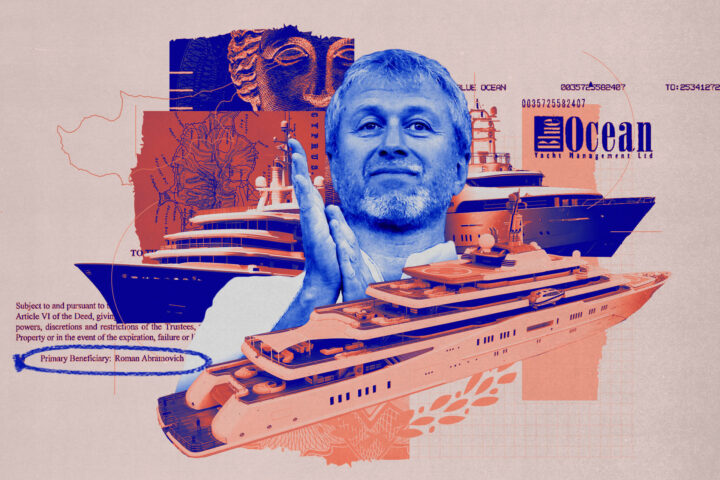By Michael S. Olympios
Chief Consultant
Allied Consultants
Â
In an extraordinary development earlier this month a New York state court delivered one of the most outspoken rulings both for boards and executives. Justice Charles E. Ramos ordered former New York Stock Exchange Chairman Dick Grasso to return tens of millions of dollars in retirement pay in a harshly written ruling that is sure to reverberate through corporate boardrooms, where executive compensation has become a hot-button concern.
Justice Charles E. Ramos ruled that former New York Stock Exchange Chairman and CEO Dick Grasso would have to return tens of millions of dollars from his $187.5 million pay package that will be finalized after a hearing within the next 30 days. That amount totals at least $95 million in retirement benefits and interest, according to the office of New York Attorney General Eliot Spitzer, which brought the case against Mr. Grasso. The decision has already sparked discussion over how compensation committees should conduct their job. But if one takes a closer look into the circumstances surrounding the scandal the issue boils down to board independence.
In his 73-page opinion, Justice Ramos repeatedly chastised Mr. Grasso, writing that, among other things, the former executive had failed to adequately disclose the size of his enormous compensation package to the exchange’s board of directors. “Mr. Grasso’s duty is to be fully informed and to see to it that the board was fully informed. He failed in this duty,” Justice Ramos wrote.
The justice also criticized the board for failing to do its homework. Among Justice Ramos’s findings: that the NYSE board wasn’t made aware of a huge chunk of the retirement pay Mr. Grasso was due and that Mr. Grasso had a duty to disclose that pay to the board. The justice also had harsh words for the board.
“That a fiduciary of any institution, profit or not for profit, could honestly admit that he was unaware of a liability of over $100 million, or even over $36 million, is a clear violation of the duty of care,” Justice Ramos wrote in a partial summary judgment, a pre-trial ruling on certain aspects of a case. The case is particularly striking because the Big Board boasted an all-star roster of directors, including the chiefs of some of Wall Street’s largest financial companies, each of whom made tens of millions of dollars in annual pay.
One of the most interesting charges alleged that “Mr. Grasso’s compensation and benefits were not reasonable or commensurate with services Mr. Grasso performed and thus constitute unjust enrichment. Plaintiff seeks return of excessive compensation.” The graph speaks for itself. The problem is though that many boards find it increasingly difficult to challenge the people the look up to for information let alone any real or perceived conflicts of interest that arise out of “the normal course of business.” Shortly after the full compensation became public, SEC Chairman at the time William Donaldson who also served in the past as CEO and Chairman of the Big Board wrote a letter to the NYSE stating that Mr. Grasso’s pay package “raises serious questions regarding the effectiveness of the NYSE’s current governance structure” and demanded “full and complete information about the procedures and considerations that governed the award of Mr. Grasso’s pay package.” These allegations prompted New York attorney general to take the case to court. Mr. Spiltzer ultimately succeeded in the courtroom what others have failed to do in the boardroom.
Â
Â
Â







